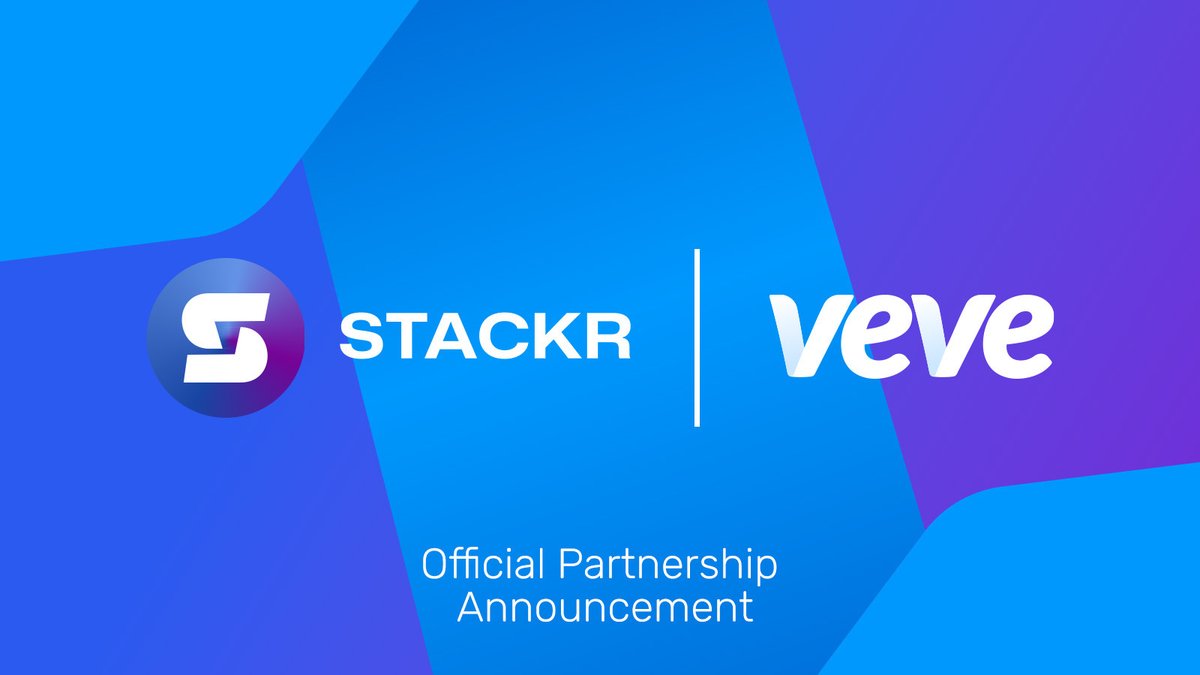
ECOMI price

Disclaimer
OKX does not provide investment or asset recommendations. You should carefully consider whether trading or holding digital assets is suitable for you in light of your financial condition. Please consult your legal/tax/investment professional for questions about your specific circumstances. For further details, please refer to our Terms of Use and Risk Warning. By using the third-party website ("TPW"), you accept that any use of the TPW will be subject to and governed by the terms of the TPW. Unless expressly stated in writing, OKX and its affiliates (“OKX”) are not in any way associated with the owner or operator of the TPW. You agree that OKX is not responsible or liable for any loss, damage and any other consequences arising from your use of the TPW. Please be aware that using a TPW may result in a loss or diminution of your assets. Product may not be available in all jurisdictions.
ECOMI market info
Market cap = Circulating supply × Last price

ECOMI Feed



OMI calculator


ECOMI price performance in USD
Popular ECOMI conversions
| 1 OMI to USD | $0.00019620 |
| 1 OMI to EUR | €0.00017376 |
| 1 OMI to PHP | ₱0.010953 |
| 1 OMI to IDR | Rp 3.2312 |
| 1 OMI to GBP | £0.00014784 |
| 1 OMI to CAD | $0.00027151 |
| 1 OMI to AED | AED 0.00072065 |
| 1 OMI to VND | ₫5.0935 |
About ECOMI (OMI)
- Official website
- White Paper
- Block explorer
ECOMI FAQ
Ecomi is a blockchain-based platform that revolutionizes the ownership, trading, and showcasing of digital collectibles. Using non-fungible tokens (NFTs), Ecomi ensures these digital assets' authenticity, scarcity, and security. The platform stands out by collaborating with major brands and entertainment franchises, providing users with diverse licensed collectibles.
Holding OMI tokens offers various benefits within the Ecomi ecosystem. Firstly, they act as the medium of exchange for purchasing and selling digital collectibles on the VeVe app. Additionally, OMI holders can stake their tokens and earn passive income. Moreover, owning OMI grants users access to exclusive events, premium content, and special features, enhancing the overall user experience within the platform.
Easily buy OMI tokens on the OKX cryptocurrency platform. One available trading pair in the OKX spot trading terminal is OMI/USDT. You can also swap your existing cryptocurrencies, including Bitcoin (BTC), Ethereum (ETH), Tether (USDT), and USD Coin (USDC), for OMI with zero fees and no price slippage by using OKX Convert.
To view the estimated real-time conversion prices between fiat currencies, such as the USD, EUR, GBP, and others, into OMI, visit the OKX Crypto Converter Calculator. OKX's high-liquidity crypto exchange ensures the best prices for your crypto purchases.
Monitor crypto prices on an exchange
ESG Disclosure
OMI calculator


Disclaimer
OKX does not provide investment or asset recommendations. You should carefully consider whether trading or holding digital assets is suitable for you in light of your financial condition. Please consult your legal/tax/investment professional for questions about your specific circumstances. For further details, please refer to our Terms of Use and Risk Warning. By using the third-party website ("TPW"), you accept that any use of the TPW will be subject to and governed by the terms of the TPW. Unless expressly stated in writing, OKX and its affiliates (“OKX”) are not in any way associated with the owner or operator of the TPW. You agree that OKX is not responsible or liable for any loss, damage and any other consequences arising from your use of the TPW. Please be aware that using a TPW may result in a loss or diminution of your assets. Product may not be available in all jurisdictions.















Socials